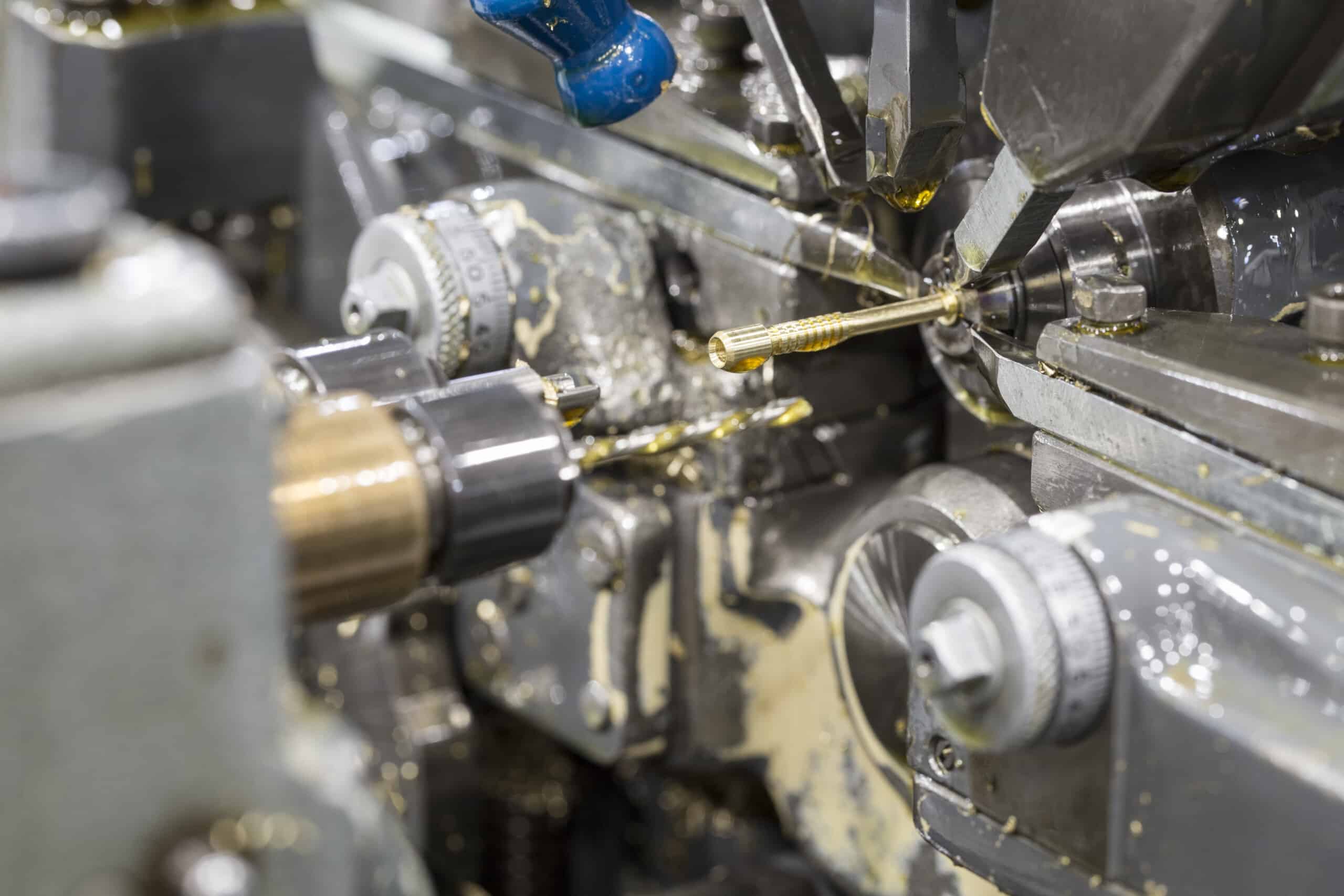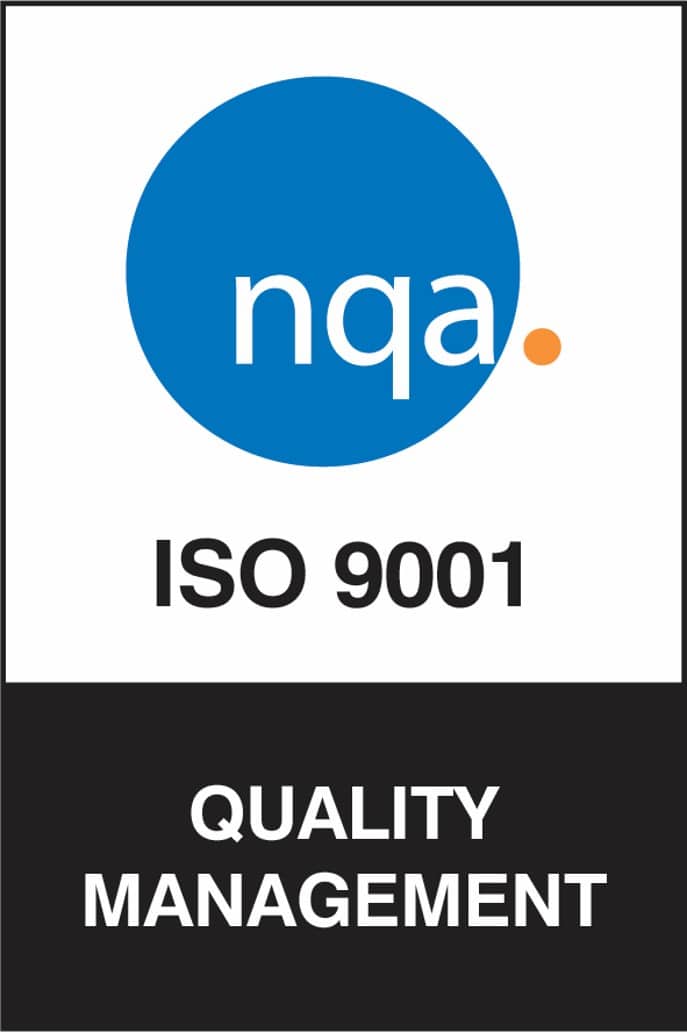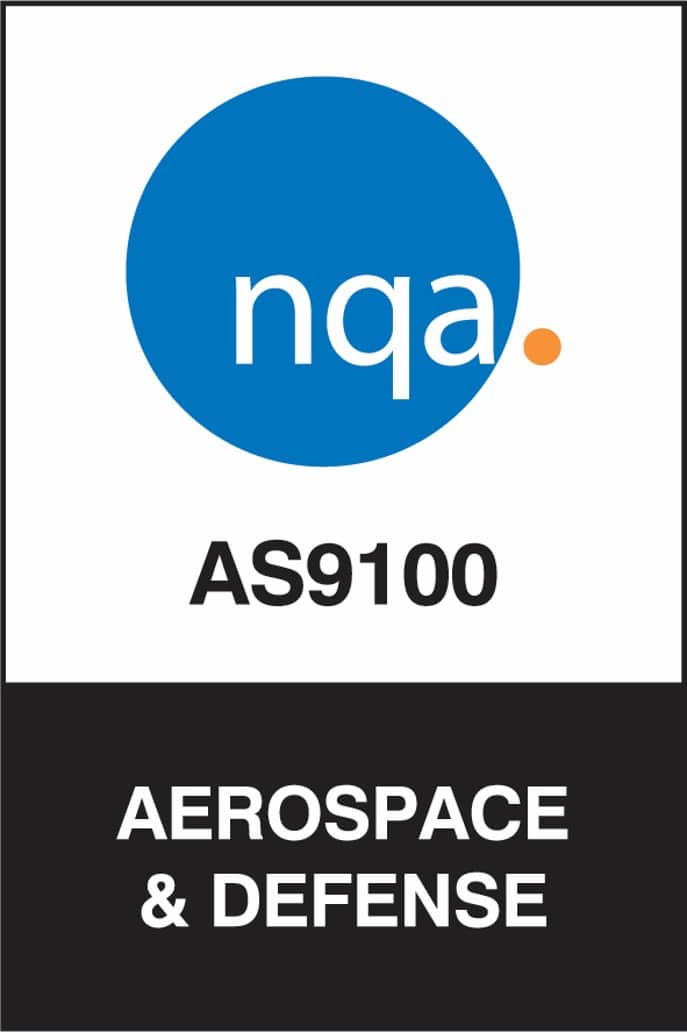What is Screw Machining? Traditional Craftsmanship Meets Modern Manufacturing
Screw machining, a cornerstone in the manufacturing world, blends the detailed craftsmanship of traditional machining techniques with the efficiency and scalability of modern manufacturing practices. Essential for producing highly accurate and complex parts, Swiss screw machining plays a crucial role in various industries, from defense and electronics to medical devices and flow control.
Understanding the Basics of Screw Machining
Screw machining, also referred to as screw turning, is a process used in precision machining to manufacture small, complex, often cylindrical parts with high precision and repeatability. The term originates from the production of screws, where the need for precision and speed was essential, but it has since expanded to include a variety of small, turned parts for some of the world’s most critical industries.
At the forefront of innovation and excellence are precision machining companies like Reader Precision, who exemplify the blend of heritage and commitment to advancement within the precision machining industry. Continue reading to explore the significance of screw machining and how Reader Precision continues to pioneer this blend of tradition and technological progress.
History of Screw Machining
The journey of screw machining from its humble beginnings to today’s modern manufacturing is a story of innovation, precision, and adaptability. Originating in the picturesque Moutier Valley of Switzerland during the 19th century, screw machining was initially developed to meet the growing demand for precise, small components in the watchmaking industry. This necessity for accuracy and finesse in manufacturing laid the groundwork for what would become a pivotal process in precision engineering.
Screw machine shops, like those operated by Reader Precision, have been at the forefront of this transformation. By leveraging the capabilities of both traditional Swiss screw machines and advanced CNC (Computer Numerical Control) technology, these shops have maintained a balance between craftsmanship and modern efficiency. This integration ensures the production of components that meet the highest standards of quality and precision required in today’s dynamic and technology-driven markets.
The Role of Screw Machining in Diverse Industries
Many manufacturing companies and machine shops, like Reader Precision, have adopted modern screw machining technologies, emphasizing their commitment to cutting-edge solutions. While many shops continue to use either Swiss cam machines for their high-efficiency and repeatability, or CNC machines for their modern technology and scalability, Reader Precision leverages both traditional and modern methods to optimize production and minimize downtime.

Screw machining plays a vital role in various industries, including aerospace, automotive, medical, electronics, defense, firearms, and flow control. Its expertise in this field has positioned the company as a preferred partner for clients across these sectors. By investing in advanced machinery and software, Reader Precision continues to deliver superior precision, faster turnaround times, and enhanced product quality, meeting the critical demands of its diverse clientele. Some of the critical components manufactured are:
- Military & Defense: Fuze bases, military vehicles & weapon components, and more.
- Firearms: Firing pins, spring cocking pins, compensators, and other critical parts.
- Flow Control: Check valve poppets, hydraulic spool valves, pneumatic valve stems, valve assemblies, and more.
- Healthcare: Dental Tip blanks, connecting bodies, bushings, X-ray positioning arms, and other precision components.
- Electronics: Electrical probe tips, electrical contact motor pins, and other essential parts.
Reader Precision’s innovative machining practices, including in-house engineered, innovative bar-feeding technology at its Elkhorn, WI facility, featured in Production Machining Magazine, exemplifies its dedication to using the right tools for the right jobs, enhancing both precision and efficiency. The ability to adapt to and invest in the latest precision machining equipment and technology continues to set the company apart from its competition. These investments allow its team to continue to push engineering and production teams to reach greater heights for its clients.
Reader Precision invites you to learn more about our screw machining capabilities and how we can contribute to the success of your projects. Contact us for more information and explore our machining capabilities brochure to discover how we can support your precision machining needs.







